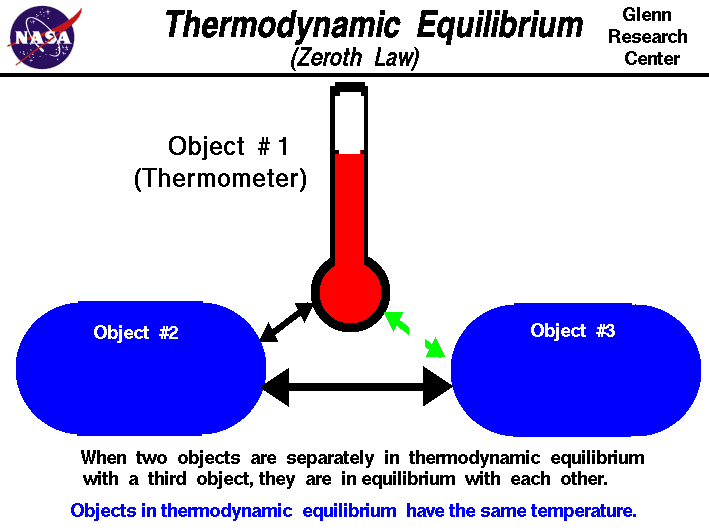

So for such cases we can find this out using the equation of second law of thermodynamics ∆S universe >0) (Note: Actually you know that the coffee is going to lose heat to the surroundings, but there are many chemical reactions which we can not predict whether it will occur in this direction or that direction. Let’s find it out using the equation of second law of thermodynamics (∆S universe >0) Will the coffee absorb the heat or will it release the heat?
The coffee may release heat to the surrounding.īut what is going to happen here in our case?. The coffee may absorb heat from the surrounding, or. Let’s assume the temperature of this coffee and temperature of surroundings. Well, entropy plays a very important role here. Right? (In other words, coffee will reject heat to the surroundings)īut the big question is, what is the role of entropy in this process? The fourth postulate is the third law of thermodynamics.Take a hot cup of coffee on a table. The first three postulates include the first and second law of thermodynamics. The entropy of any system vanishes in the state for which \left (\frac=0 (that is, at the zero of temperature). 
The entropy is continuous and differentiable and is a monotonically increasing function of the energy.
The entropy of a composite system is additive over the constituent subsystems.  There exists a function (called the entropy S) of the extensive parameters of any composite system, defined for all equilibrium states and having the following property: The values assumed by the extensive parameters in the absence of an internal constraint are those that maximize the entropy over the manifold of constrained equilibrium states. There exist particular states (called equilibrium states) of simple systems that, macroscopically, are characterized completely by the internal energy U, the volume V, and the mole numbers N 1, N 2. He has used the postulate approach as used in other areas of physics. One of the most interesting statement of the laws of thermodynamics is that by Herbert Callen. But due to its complex nature it is not used much.Īny system having certain specified constraints and having an upper bound in volume can reach from any initial state a stable equilibrium state with no effect on the environment. This statement has the advantage that it does not require reference to machines. In the neighborhood of a given state there are states that cannot be reached from the given state by any adiabatic transformation.
There exists a function (called the entropy S) of the extensive parameters of any composite system, defined for all equilibrium states and having the following property: The values assumed by the extensive parameters in the absence of an internal constraint are those that maximize the entropy over the manifold of constrained equilibrium states. There exist particular states (called equilibrium states) of simple systems that, macroscopically, are characterized completely by the internal energy U, the volume V, and the mole numbers N 1, N 2. He has used the postulate approach as used in other areas of physics. One of the most interesting statement of the laws of thermodynamics is that by Herbert Callen. But due to its complex nature it is not used much.Īny system having certain specified constraints and having an upper bound in volume can reach from any initial state a stable equilibrium state with no effect on the environment. This statement has the advantage that it does not require reference to machines. In the neighborhood of a given state there are states that cannot be reached from the given state by any adiabatic transformation. 
We will only present them with brief comments.Ĭaratheodory developed a very abstract and mathematical approach to thermodynamics. Here we will present some other statements of the second law. We see that the no heat is leaving the system, but work is. If we now look at the net system we see that W net = Q hot - Q cold. Say it removes the amount Q hot from the hot region, producing W net work and returning Q cold to the cold region. Now consider another heat engine removing heat from the hot region to the cold region. Since no work is being done the amount of heat added to the hot region must also be Q cold. Say the amount of heat removed from the cold region is Q cold. Diagram proving that a system which violates the Clausis statement also violates the Planck statement








 0 kommentar(er)
0 kommentar(er)
